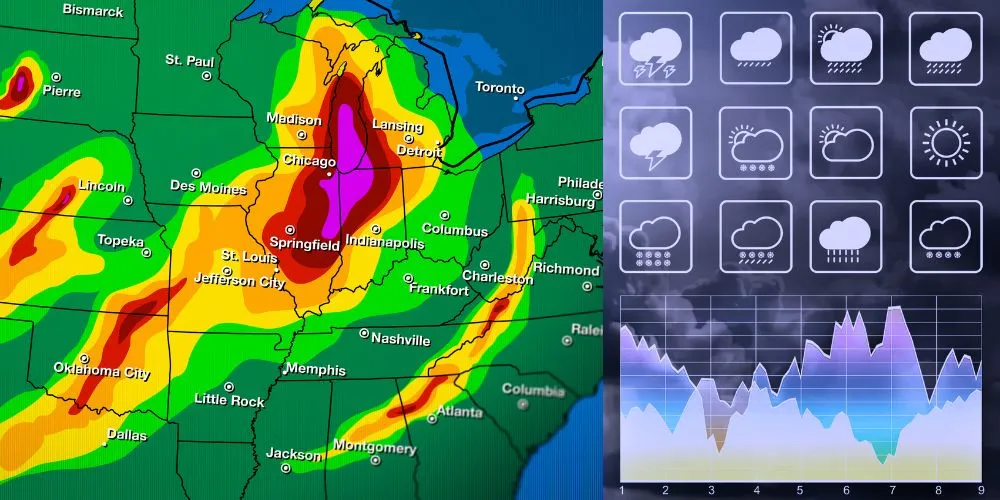Key Points:
- Advanced weather forecasting technologies, including AI-driven algorithms and high-resolution satellite imaging, are revolutionizing meteorological prediction.
- AI and machine learning allow us to analyze vast volumes of historical data and correlations that can enhance the precision of weather forecasting.
- Next-generation satellites equipped with advanced sensors provide detailed images of weather systems, enhancing observation and monitoring capabilities.
- Computational models and supercomputing infrastructure enable highly detailed simulations of atmospheric dynamics, leading to more accurate forecasts.
Technological advancements are poised to revolutionize weather forecasting in a groundbreaking leap forward, offering unprecedented accuracy and reliability in predicting meteorological phenomena. From sophisticated algorithms to advanced satellite imaging, a convergence of cutting-edge technologies is reshaping the landscape of weather prediction, empowering scientists and meteorologists to anticipate and mitigate the impacts of extreme weather events with greater precision than ever before.
Harnessing the power of the latest technology, such as artificial intelligence (AI) and machine learning, weather forecasting models are undergoing a transformative evolution. AI-driven algorithms can identify intricate patterns and correlations by analyzing vast amounts of historical data and real-time observations from sensors and satellites. This enables more accurate predictions of weather patterns and trends. These advanced models can simulate complex atmospheric dynamics with remarkable accuracy, providing valuable insights into the behavior of weather systems.
Additionally, the proliferation of high-resolution satellite imaging technology has ushered in a new era of observation and monitoring capabilities. Next-generation satellites equipped with state-of-the-art sensors can capture detailed images of cloud formations, temperature gradients, and atmospheric moisture levels with unparalleled clarity and precision. This wealth of data allows meteorologists to track the development and movement of weather systems in real-time, enhancing their ability to forecast weather conditions with greater accuracy and timeliness.
Moreover, the advent of advanced computational models and supercomputing infrastructure has significantly bolstered the computational power available for weather prediction. By leveraging parallel processing and advanced numerical techniques, meteorologists can run highly complex simulations of atmospheric dynamics at unprecedented resolutions and time scales. This enables more detailed and accurate forecasts of weather phenomena ranging from severe storms and hurricanes to localized precipitation patterns.
Furthermore, integrating data assimilation techniques allows meteorologists to seamlessly incorporate observational data from various sources into forecasting models, ensuring that predictions are continuously updated and refined in response to evolving weather conditions. This dynamic feedback loop between observation and prediction enhances the reliability and responsiveness of weather forecasts, enabling more effective preparation and response to weather-related hazards and emergencies.










